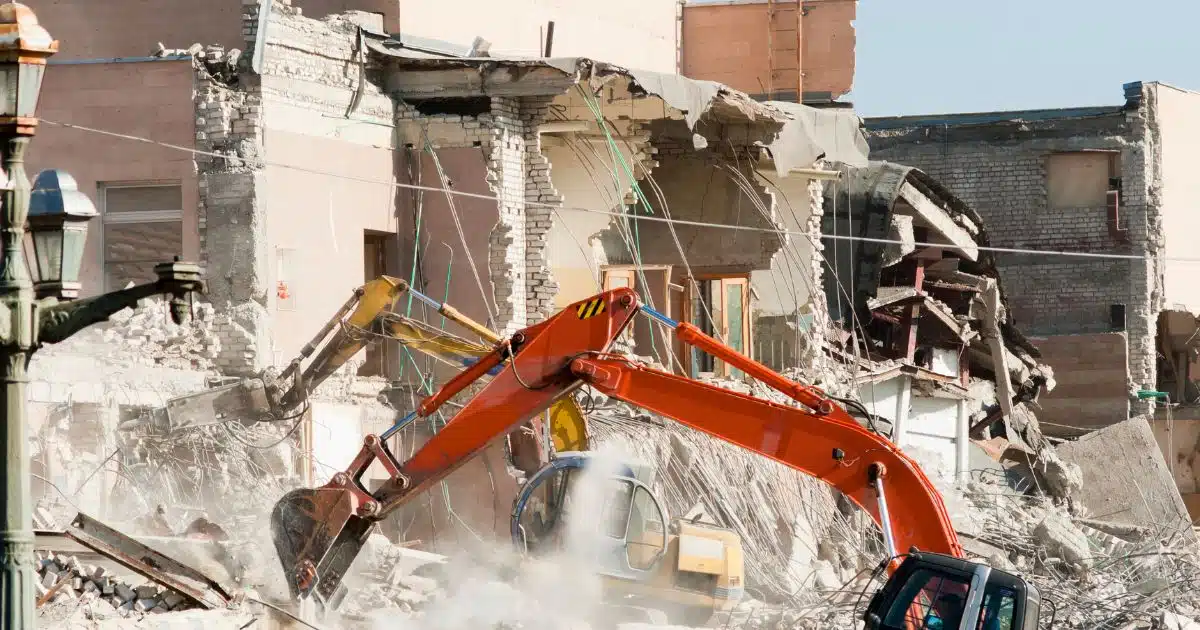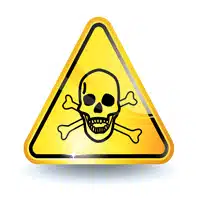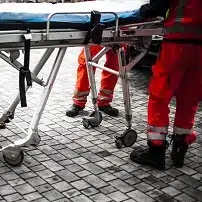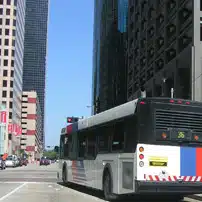The construction industry is one of the most dangerous trades in the country and accounts for a large number of work-related fatalities reported each year. Building collapses have some of the most catastrophic outcomes of all types of construction accidents. When a building collapses on a construction site, workers, nearby residents and other employees, and unsuspecting pedestrians are all vulnerable to life-threatening injuries. Heavy materials used in the foundation and structural supports of the falling building can crush or trap workers, which makes recovery efforts extremely challenging.
How Do Building Collapses Happen?
Building collapses happen most often on construction sites where new buildings are being erected or older buildings are being repaired or torn down. Buildings can collapse outwardly as the result of an explosion, or inwards due to a structural failure or other construction flaws.
The following are common causes of building collapses:
- Structural instability: Buildings that are poorly constructed, improperly designed, or have an engineering flaw are often unable to hold as much weight as expected, collapse, and cause workers extensive injuries.
- Weak foundations: When the foundation of a building is weak, or if the soil that the building sits on is not properly prepared, it can collapse at any point during construction and threaten the safety of all people in the area.
- Trench collapses: While OSHA laws require cave-in protection for workers on excavation sites, many supervisors fail to protect their workers because of the time, money, or effort required.
- Roof collapses: The roof on a building can collapse due to improper supports, heavy machines or loads placed on top of the structure, changes to cheaper materials, or failure to identify collapse risk in an inspection.
- Mud, gravel, and sand slips: When piles are not properly stored, rainfall and steep grading can cause soil, sand, and gravel to shift and slip downhill, which places workers at risk of being swallowed underneath.
- Excessive loads: Construction workers regularly use heavy machinery and equipment which, if not loaded properly, can contribute to a dangerous building collapse.
- Secondary explosions: When a secondary explosion occurs after a planned initial explosion is ignited on a construction site, it can cause workers and bystanders life-threatening injuries.
What Are Common Injuries in a Building Collapse?
Construction workers can suffer from a wide range of injuries in a building collapse, depending on the job site location and materials involved in the accident. Some workers suffer head trauma and bone fractures after falling in a building collapse, while others have suffocated from surrounding mud in a cave-in. In many cases, injuries in building collapse and shifting surface incidents have fatal outcomes.
Common injuries suffered by those who are involved in building collapses include:
- Amputations
- Asphyxia
- Broken bones
- Burns
- Crushed limbs
- Spinal cord injuries
- Toxic exposure
- Traumatic brain injury (TBI)
Who Can Be Held Liable in a Building Collapse?
Most construction accidents could have been prevented at some point during the course of planning or construction. OSHA requires that a competent person is in charge of all worksites to minimize collapse risks and ensure that proper emergency procedures are in place. Injured workers may seek compensation and damages from a number of negligent parties, including employers, contractors, site managers, construction companies, equipment manufacturers, and distributors.
Defendants may be held liable in a building collapse lawsuit for a number of reasons, including:
- Inadequate safety measures: Construction site managers should take all necessary precautions to protect their workers, including providing safe access into and out of excavations, allowing work only when safety precautions have been installed, and training workers on collapse prevention and emergency response.
- Failure to repair: When mudslides, fires, or sudden rainstorms cause damage to excavations and half-completed structures, immediate repairs must be made in order to prevent future disasters and protect workers from serious injuries.
- Failure to maintain: Buildings have supports and foundations that can weaken with age, so building properties must be regularly maintained to prevent building collapses and other serious accidents.
- Failure to inspect: Property and job site managers are required to perform regular inspections to identify dangerous malfunctions or defects in the building structure and surrounding areas.
- Failure to warn: Construction companies must not only evaluate the risks on their job sites on a routine basis, but also warn workers of any known environmental risks that could cause a catastrophic accident.
- Poor planning: If the building or demolition process is not carefully planned, or building plans are not properly followed, a collapse can occur and cause severe injury to workers in the building and around the job site.
- Poor quality or defective materials: When low-grade wood, steel, cement, or otherwise defective materials are used in construction, supports can fail to sustain the weight of the building’s design and cause a dangerous building collapse.
What Compensation Can Be Recovered for Building Collapse Injuries?
Workers who are injured in a building collapse may be eligible to collect Workers’ Compensation benefits under the state’s Workers’ Compensation Act, including:
- Medical benefits: Reasonable and necessary medical expenses related to the injury are compensable, as well as any approved treatments, medications, and surgeries related to their work-related injuries.
- Lost wages: Workers may receive wage loss benefits for either total or partial disability if a job-related injury causes them to miss time from work.
- Vocational rehabilitation benefits: Counseling and job training are available to help workers re-enter the workforce after experiencing an injury.
- Special loss benefits: Workers who suffer certain types of severe injuries, such as facial disfigurement or amputations, may be eligible for a lump sum payment.
- Death benefits: Family members of workers who die due to a work-related injury or illness may be entitled to death benefits, including funeral expenses.
Construction companies, architects, and engineers must factor in the weight of all materials and construction equipment needed to sustain a structure that is being built, repaired, or demolished. In cases where parties other than the employer or a co-worker are also responsible for a building collapse, injured workers may seek additional compensation through a personal injury lawsuit. An experienced construction accident attorney can ensure that all valid claims are properly filed against every liable party in a devastating construction accident.
Delaware Construction Accident Lawyers Help Injured Workers and Families in Building Collapse Cases
Our Delaware construction accident lawyers at Rhoades & Morrow have been helping injured construction workers obtain full and fair compensation for nearly three decades. To schedule a free initial consultation with one of our dedicated attorneys, call us at (302) 427-9500 or fill out our online form. With offices conveniently located in Wilmington, Bear, Milford, and Lewes, Delaware, we proudly serve clients throughout the state.





